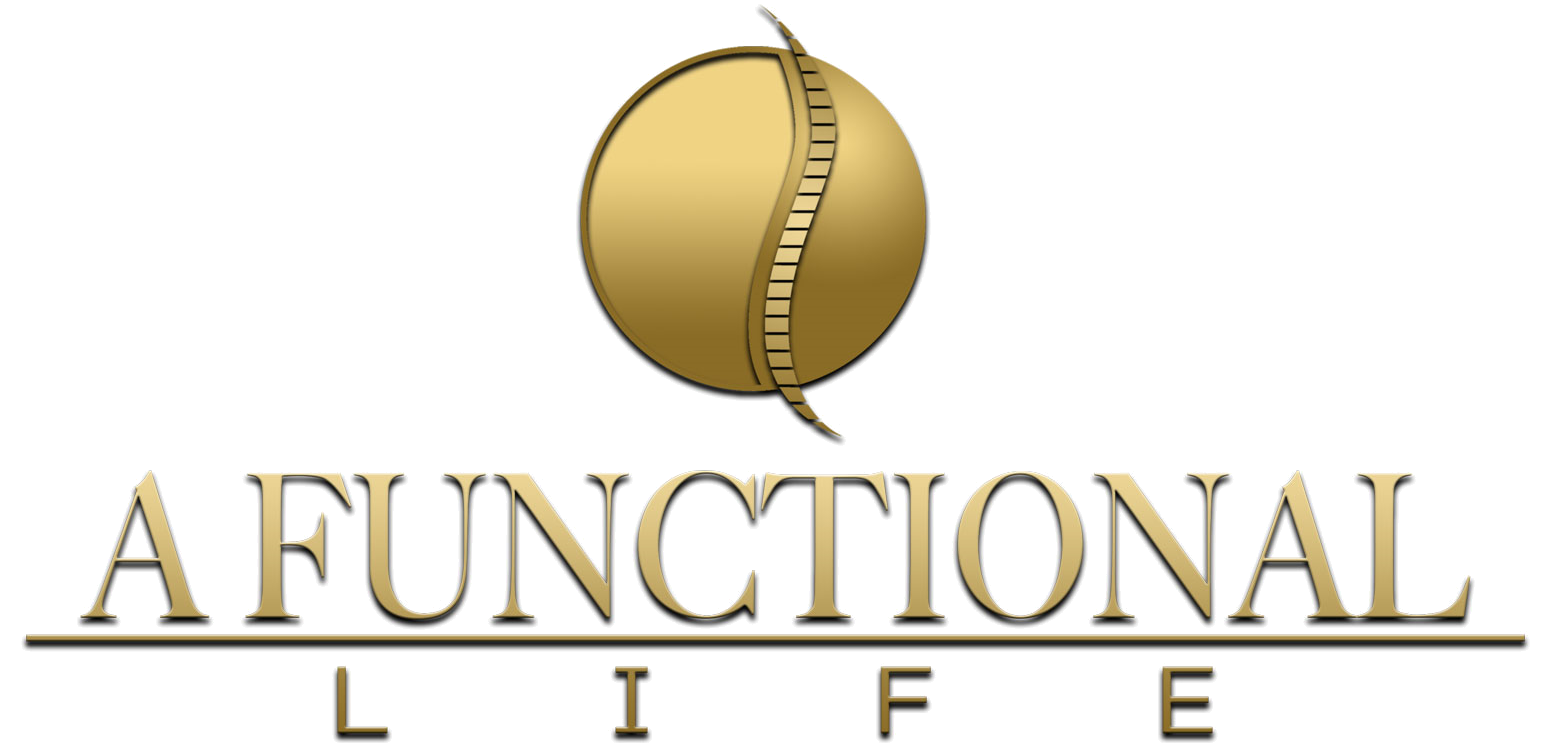Stroke Rehabilitation with Chiropractic Care
Cerebrovascular accident (Strokes)
In the United States more than 700,000 people suffer a stroke, a cerebrovascular accident (CVA) each year, and approximately two-thirds of these individuals survive and require rehabilitation. The goals of rehabilitation are to help survivors become as independent as possible and to attain the best possible quality of life. Even though rehabilitation does not “cure” stroke in that it does not reverse brain damage, rehabilitation can substantially help people achieve the best possible long-term outcome.
What is post-stroke rehabilitation?
Rehabilitation helps stroke survivors relearn skills that are lost when part of the brain is damaged. For example, these skills can include coordinating leg movements in order to walk or carrying out the steps involved in any complex activity. Rehabilitation also teaches survivors new ways of performing tasks to circumvent or compensate for any residual disabilities.
Chiropractic Neurologists specialize in treating disabilities related to motor and sensory challenges and impairments. Dr. Fred Clary is trained and teaches nationally all aspects of anatomy and physiology related to normal function, with an emphasis on movement. Frederick Clary, D.C., D.I.B.C.N trains other chiropractors in examining the stroke patient’s strength, dynamic equilibrium, muscle firing patterns, muscle antagonist – agonist balance, endurance, range of motion, gait abnormalities, and sensory deficits to design individualized rehabilitation programs aimed at regaining control over motor functions.
Dr. Clary can help stroke patient’s recuperate and save the use of stroke-impaired limbs, teach compensatory strategies to reduce the effect of remaining deficits, and establish ongoing exercise programs to help people retain their newly learned skills. Dr. Clary focuses on “saving the muscle’ within a impaired limbs, a behavior called learned non-use. However, the repetitive use of impaired limbs promotes brain plasticity (the brains ability to adapt and heal) and helps reduce disabilities and can ‘awaken and save’ certain normal movements.
Treatments used by Dr. Fred Clary to encourage the use of limbs include selective sensory stimulation such as tapping or stroking, active and passive range-of-motion exercises, vibration, muscle firing pattern retraining, and positional release hold. Dr. Clary also utilizes forced use of the effected limb by practicing motor tasks. Dr. Clary’s approach promotes brain reorganization and recovery of function.
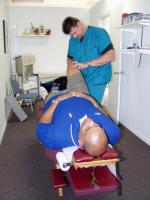
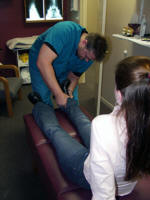
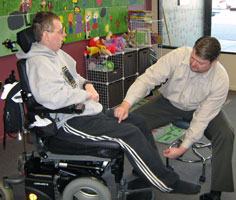
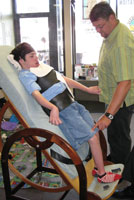
Location
A Functional Life
2677 Innsbruck Drive Ste. D
New Brighton, MN 55112
Hours
Monday: 9 am – 12 pm: 4 pm – 8pm
Tuesday: 9 am – 12 pm
Wednesday: 3 pm – 8 pm
Thursday: Closed
Friday: 9am – 2pm
